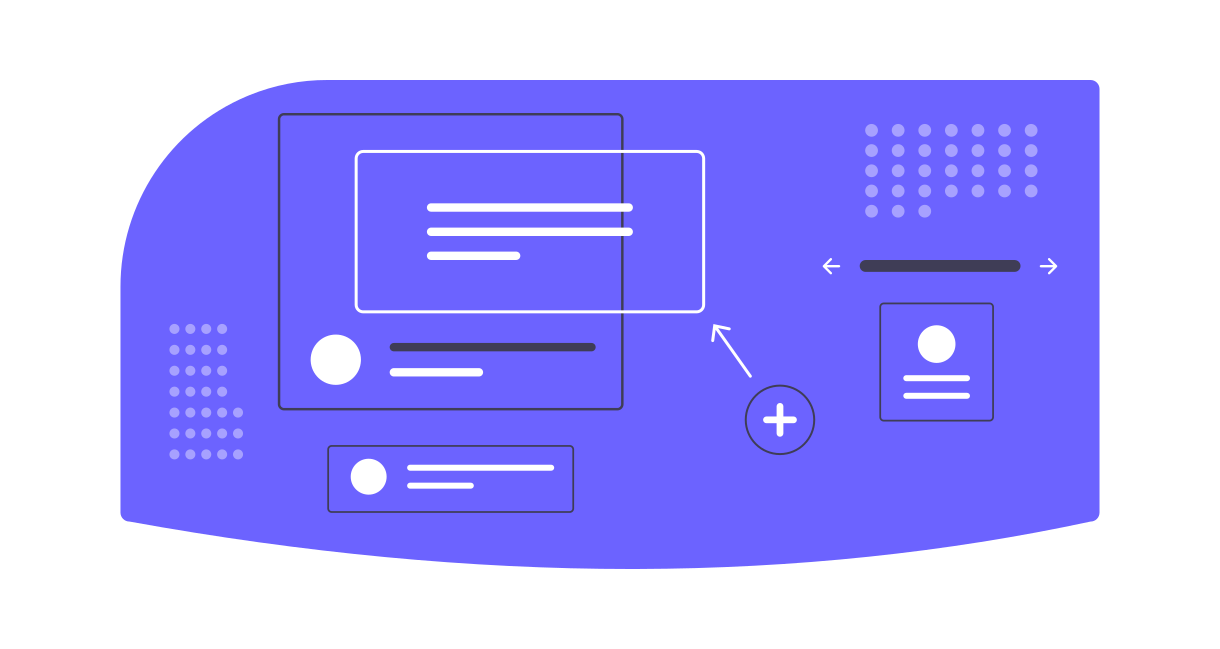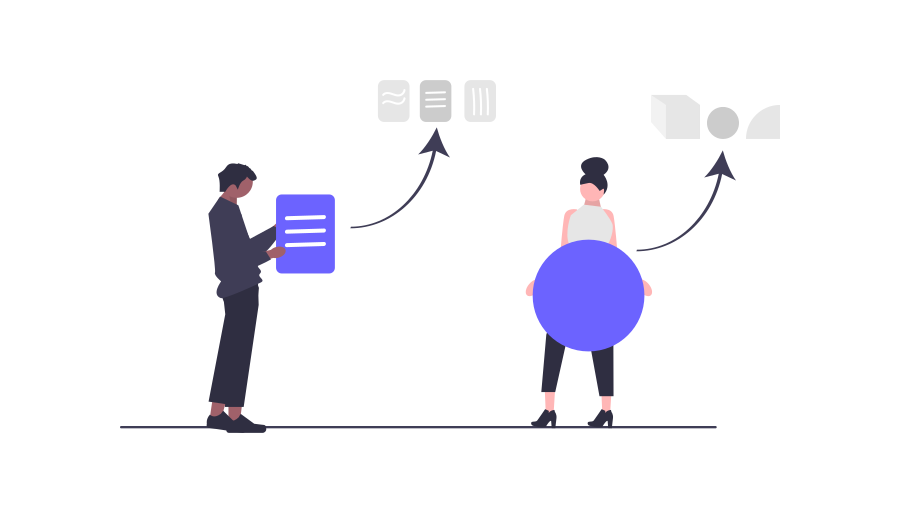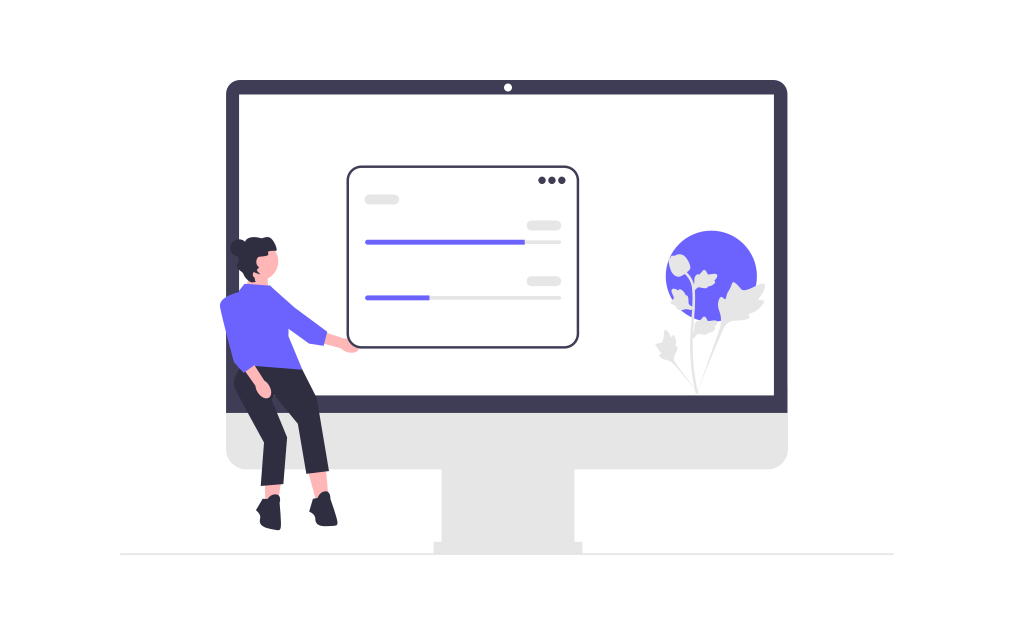
In today's digital age, businesses must rely on a well-designed website, an effective Customer Relationship Management (CRM) system, and marketing automation tools to maximize their reach and increase conversions. Individually, these tools can improve your business performance, but when combined, the synergy created can take your business to the next level.
A conversion-focused website, when combined with a CRM and an automation tool, creates the perfect alchemy for a business, resulting in increased customer acquisition, retention, and revenue growth. In this post, we will discuss the benefits of integrating a conversion-focused website with a CRM and an automation tool.
A conversion-focused website is designed to turn visitors into customers. It’s a website that is created with the sole purpose of maximizing conversions. This means that every element of the website, from the design to the copy, is tailored to drive visitors towards a particular action, whether it's making a purchase, filling out a form, or subscribing to a newsletter. By combining a conversion-focused website with a CRM and an automation tool, businesses can:
- Segment and Target Customers Effectively: A CRM system allows businesses to segment their customers based on their behavior, interests, and preferences. With this information, businesses can create targeted marketing campaigns that speak directly to each customer's needs, increasing the chances of conversion. When an automation tool is added, these campaigns can be automatically triggered based on a customer's behavior, ensuring that they receive the right message at the right time.
- Personalize the Customer Experience: Personalization is key to building strong customer relationships. A CRM system allows businesses to collect and store customer data, including their name, email, purchase history, and preferences. This data can be used to personalize the customer experience, from personalized emails to customized product recommendations. By adding an automation tool, businesses can create personalized messages that are triggered automatically based on a customer's behavior, ensuring that each customer feels valued.
- Streamline Sales Processes: By integrating a CRM system with a conversion-focused website, businesses can streamline their sales processes. For example, when a lead fills out a form on the website, their information is automatically added to the CRM system. Sales teams can then use this information to follow up with leads, track their progress through the sales funnel, and identify opportunities to upsell or cross-sell. With an automation tool, these processes can be automated, freeing up sales teams to focus on closing deals.
- Measure and Optimize Marketing Efforts: An automation tool provides businesses with real-time data on the performance of their marketing campaigns. This data can be used to optimize campaigns, tweak messaging, and adjust targeting to improve conversion rates. By integrating a CRM system with an automation tool, businesses can also track the ROI of their campaigns, identify high-value customers, and allocate resources more effectively.
In conclusion, combining a conversion-focused website with a CRM and an automation tool creates the perfect alchemy for a business. It allows businesses to personalize the customer experience, streamline sales processes, target customers more effectively, and optimize marketing efforts. With these tools working in harmony, businesses can increase conversions, retain customers, and grow revenue, setting themselves up for long-term success.
So, you like what you see?
Let’s talk about your website challenges, goals, and timelines to determine the right solution for your business.
Schedule a call













